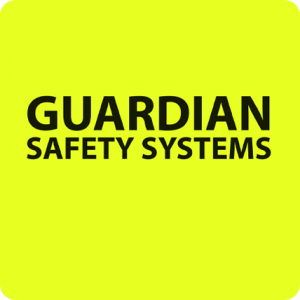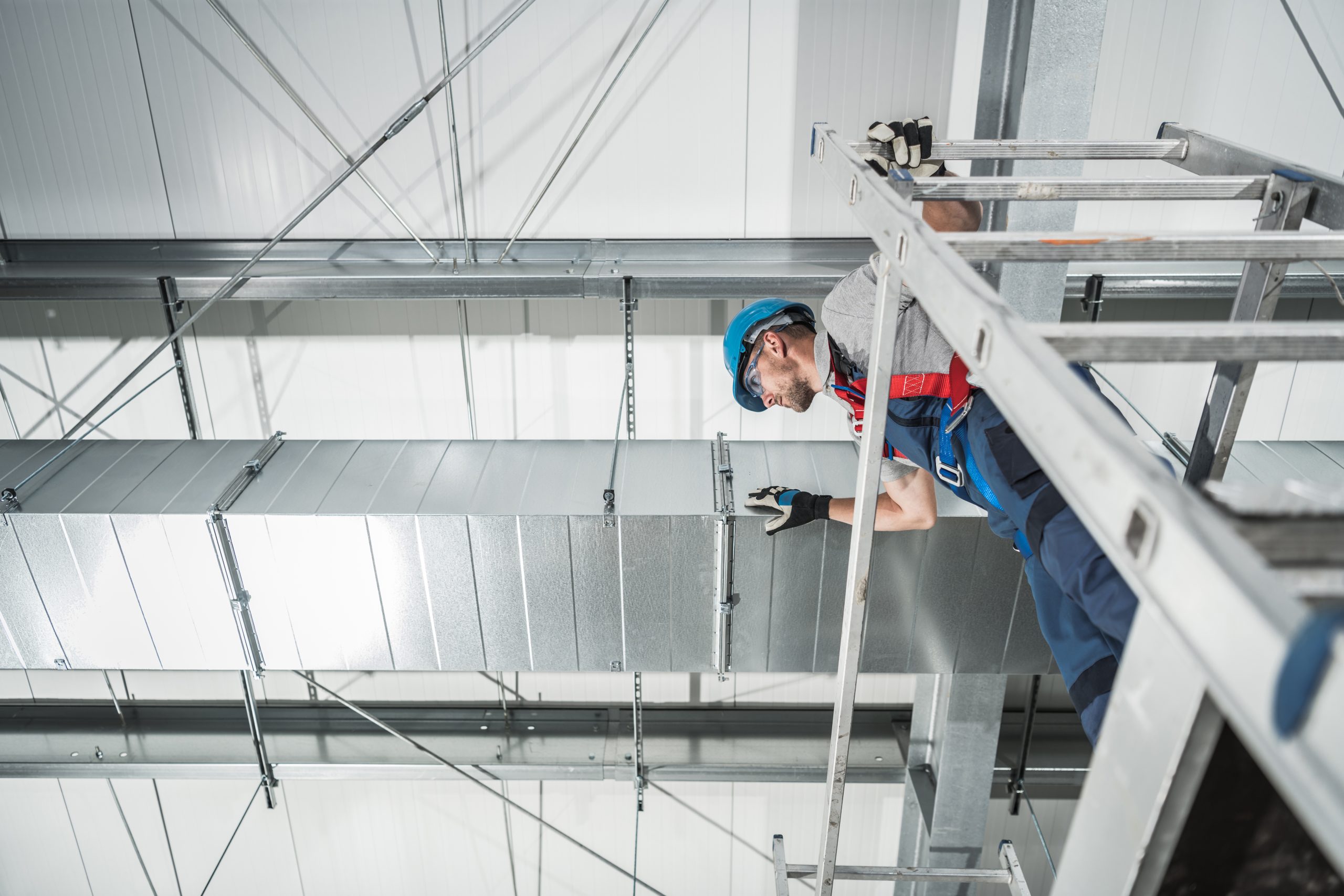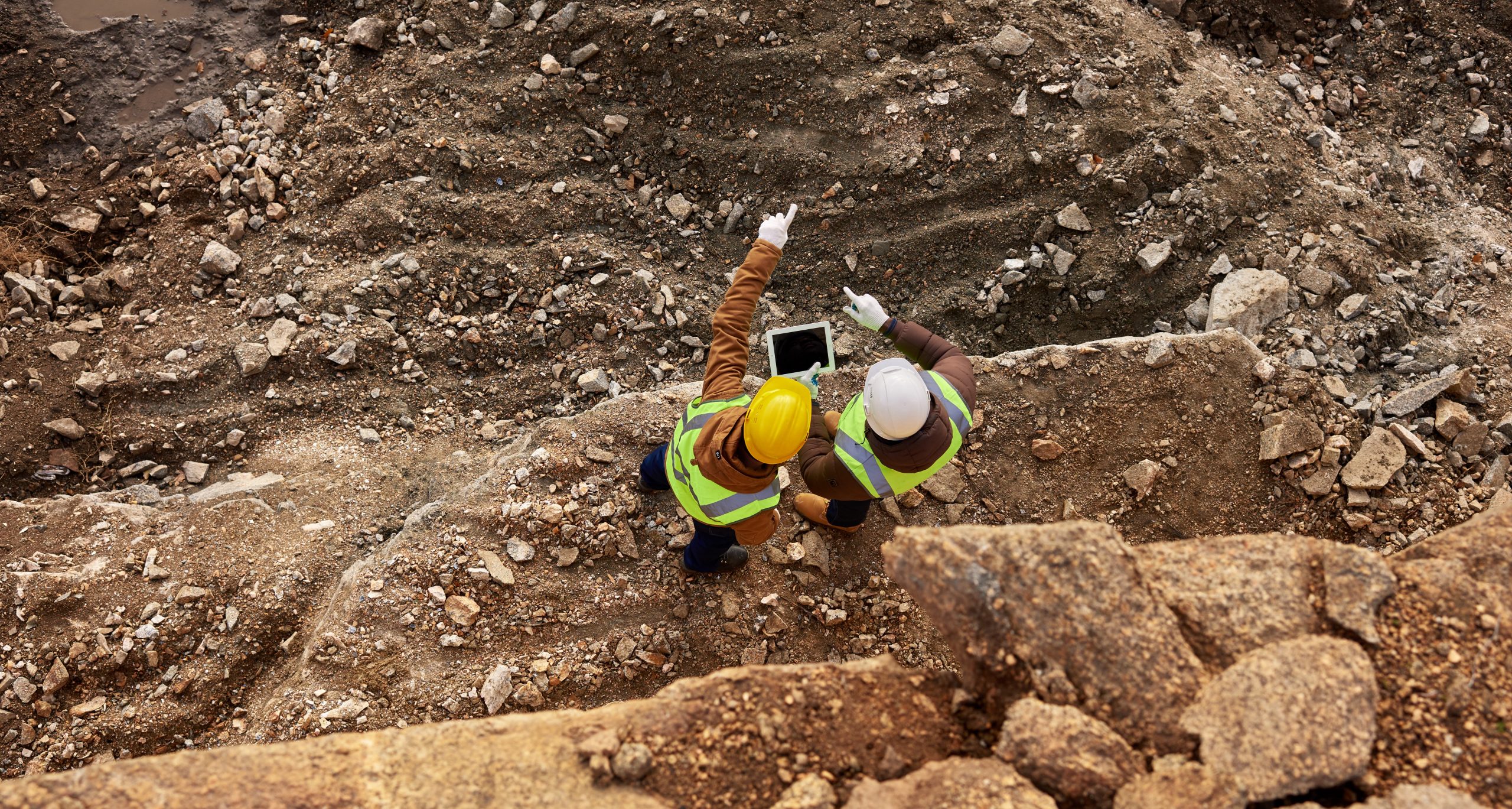Actemium US understands the balance between safety and productivity when it comes to production equipment. Safety Systems keep operators safe and machines running by providing operators with unencumbered access to equipment without compromising their safety. Actemium US’ professional engineering evaluation and years of experience can help craft machine safety upgrades to meet or exceed safety requirements in the region required and keep machines functioning to expectations.

Production Safety Solutions
Project Lifecycle Services

Our safety process design services include those required for any stage of a project.
- Audit machines, process and plant equipment
- Review machines, process and plant equipment
- Identify hazards
- Issue Audit Reports & Risk Assessment (ISO 12100)
- Assign SIS levels (ISO 13849-1)
- Determine Risk Factor (ANSI B11.19, 20)
- Facilitate risk assessment meetings
- Recommend methods to mitigate risk
- Provide detailed electrical and mechanical design (NFPA 79, ISO 14119)
- Machine Guarding (ISO 14120)
- Safety Networks & Controllers
Risk Assessments
Risk Assessments are a team driven assessment of machine guarding, a machine’s safety controls, or both to see if they meet U.S. standards hazards discovered do not need to be immediately remediated but will be reviewed as the basis for the mitigation.
Safety Design Consulting
- Minimizing costs of remediation during large projects by working with OEMs to ensure they meet customer standards as machines are built
Master Planning
- Working with our customers to plan our safety remediation over several financial periods and into the future
Guarding and Safety Controls Design and Fabrication
- Creating solutions that will work based on third party inspections or internal standards
Turnkey Safety Remediation
1.1 Risk Assessment Facilitation
A Risk Assessment will be carried out per the methods outlined in ISO 12100. This will be a team activity where the current machine will be analyzed from the perspective of each of the groups that interact with the machine with the objective of listing:
- Hazards associated with the equipment
- The severity of those hazards
- A potential solution to that hazard
This process can take a variable amount of time depending on the size of the machine and how involved the Risk Assessment team members become. Generally, a risk assessment does not take more than 4 hours on-site.
1.2 Mechanical Design
To ensure that the guarding of the equipment meets the requirements set out by the Risk Assessment and by the relevant standards, new guards may need to be designed. Guards will be designed with ease of manufacture in mind; however, some parts may require the use of modern machines such as CNC mills or lasers/water cutters. Some modifications to the base machine may be required but this is almost always limited to the addition of tapped holes or other mounting points.
1.3 Electrical Design
In order to ensure that the electrical systems of the equipment meets the requirements set out by the Risk Assessment and by the NFPA/NEC, the following steps will be taken:
- Electrical schematics for safety devices will be reviewed to ensure that they match the current configuration of the machine. This process can take several hours, and so will need to be scheduled during a period without production.
- Modifications to the current system will be designed to meet the requirements set out by the risk assessment.
1.4 Design Review
After the initial mechanical and electrical design has been completed, the report will be distributed to the associated teams for a single design review cycle. Changes suggested will be implemented where possible and cost effective. Additional design review cycles can be provided on a Time+Material basis.
1.5 Documentation
Documents to be provided at the conclusion of the project:
- Results of the Risk Assessment compiled into a single document
- Dimensional drawings for all new mechanical parts in .PDF format
- Electrical schematics for all new systems and systems modified as a result of the work provided in .PDF formats. Other file formats may be available on request.
- A safety validation document
Fabrication and Installation
Guarding and panels are fabricated and installed, working with facilities’ schedules to ensure a seamless transition from old to new safety systems and protective devices.
1.6 Follow-up Safety Validation
When a safety circuit or process on a piece of equipment is modified, a Safety Validation must be completed.
Actemium US’ turnkey approach is holistic, accessible, and transparent, including controls upgrades, physical guarding, installation, and all the documentation required in the process. With our safety lifecycle, production can achieve safety without compromise.




